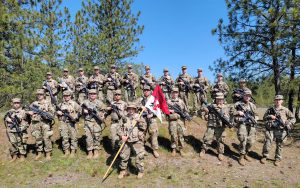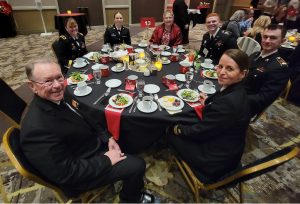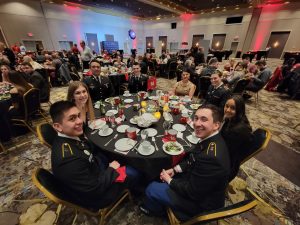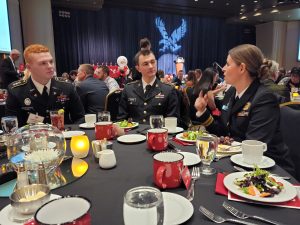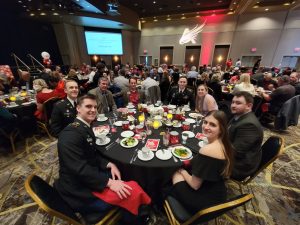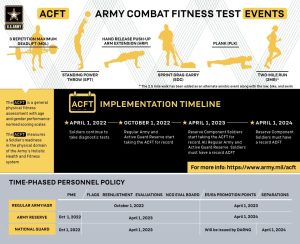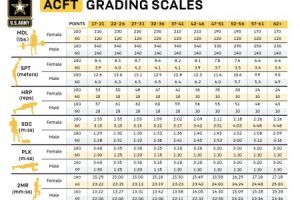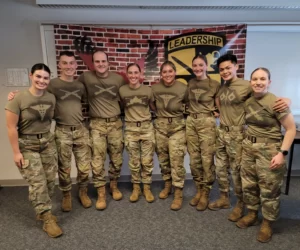
Beginning with Fiscal Year (FY) 2021 the U.S. Army has implemented a new system to branch Cadets from its 274 ROTC programs across the country. The Army calls the new system Talent-Based Branching. For the second year in a row, EWU ROTC seniors received their number one branch (career field) choice compared to a national average of 72% among all other ROTC programs. Additionally, 100% of our cadets that wanted active duty (full-time) status received it compared to a national average of 64% among all other ROTC programs. This shows that EWU ROTC cadre understand the nuances of the Talent-Based Branching Process and will prepare cadets for success throughout the process. The Army has 17 different branches (career fields) for Cadets to compete for and being selected into one of the branches is the culmination of an assessment process that begins from the very first day a Cadet enters the ROTC program.
The prior accessions process used an Order of Merit List (OML) to rank Cadets across the nation based off of factors such as their GPA, physical fitness test score, Advanced Camp performance, volunteer work, Color Guard participation, Ranger Challenge team, etc. Towards the beginning of their senior year, Cadets would rank order their preference of the 17 branches (career fields) in the Army they want to assess into. Their OML ranking as part of the Army’s accessions process was the primary means of deciding which branch they will receive. With Talent Based Branching, all these prior factors are still considered – but representatives from each of the Army branches (career fields) are now part of the process of determining if a cadet’s knowledge, skills, and behaviors (KSBs) are a good fit from a talent perspective. Cadets will have the opportunity to interview with each branch representative and the Professor of Military Science will provide recommendations based on their observations of each Cadet. The ultimate goal of the TBB process is finding the right fit from both the Cadet and branch’s perspective so that we place our future leaders into positions that maximize their talent and abilities. OML still play a role, but feedback from representatives of each Army branch (career field) is the most significant factor in determining a Cadet’s career future.




